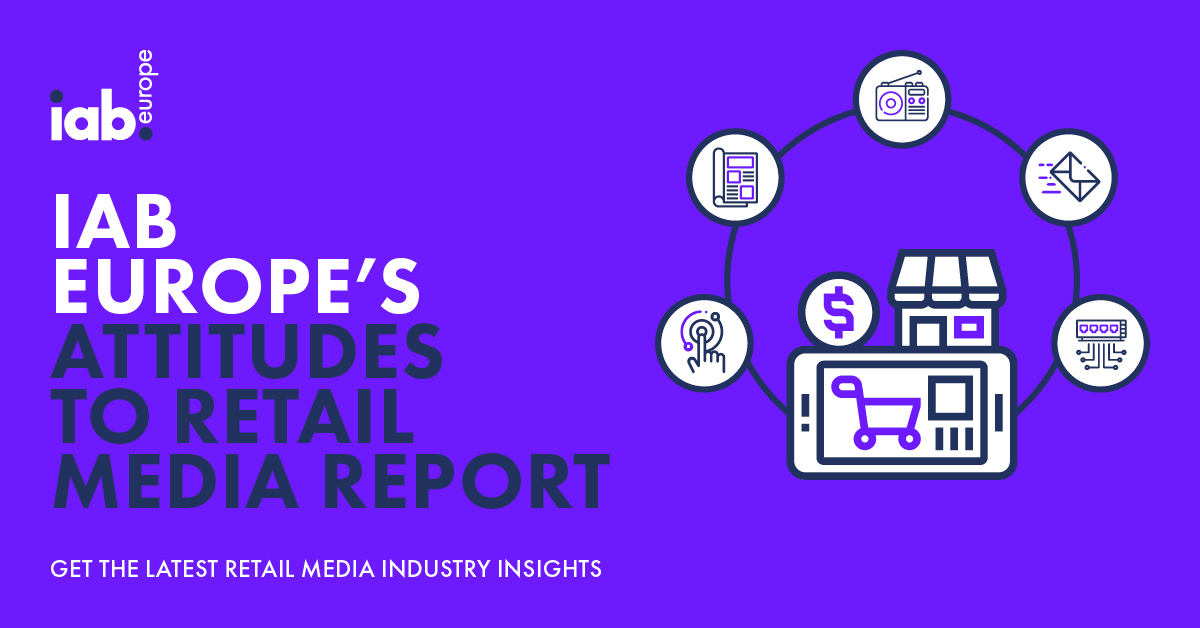Retailers selling into European markets must understand how shoppers in different countries want to communicate and to buy, writes Steven Ledgerwood, UK Managing Director at Emarsys.
There’s no doubt that the European market offers enormous opportunity to retailers. Each individual country within the continent may be home to a market of millions, but together they are home to more than half a billion people. There’s enormous potential for retailers to export into a market where they can grow brand awareness and revenue, building an important presence on the world stage. It’s an opportunity that’s balanced by challenges – it’s important not to underestimate the resources and investment required.
Get the language right
Before moving into any new market, successful exporters consider local attitudes to language, to content and to culture. Holland, Denmark and Sweden, for example, have a more international approach. Shoppers in Scandinavia are more used to having conversations in English in their daily lives – in a way that their Spanish counterparts may not be.
It’s important to understand how consumers within a market want to engage with retailers. Our technology supports communication in languages including English, Spanish, German and French. According to recent research by California State University, 52.6% of consumers say that the ability to obtain information in their own language is more important than price.
Culture in common
Selling into new markets is about more than language. It’s also about localisation through content that reflects the local culture. In France, for instance, the use of language and the tone can be very different to the way we would communicate in the UK.
Some of the businesses that we work with have started out by creating campaigns in different languages. They’ve gone on to test them in different markets, adapting the tone in response to their findings in different communities. By testing what they think might work, they go through a process of finding what does work.
Different expectations
Expectations are very different around shopping. The level of omnichannel commerce that’s expected in London may not yet be available in other markets; brands that are household names in one region of Europe may be relatively unknown in another. Shoppers in different markets may also want to be reassured by a local presence, whether that’s enabled through shops or local call centres. How far retailers adapt to new markets will be different for all. It will depend to some extent on what they are selling – and what their research tells them about what shoppers in those areas want. Understanding the scale of the challenge before that work starts will help to make it all the more successful.






